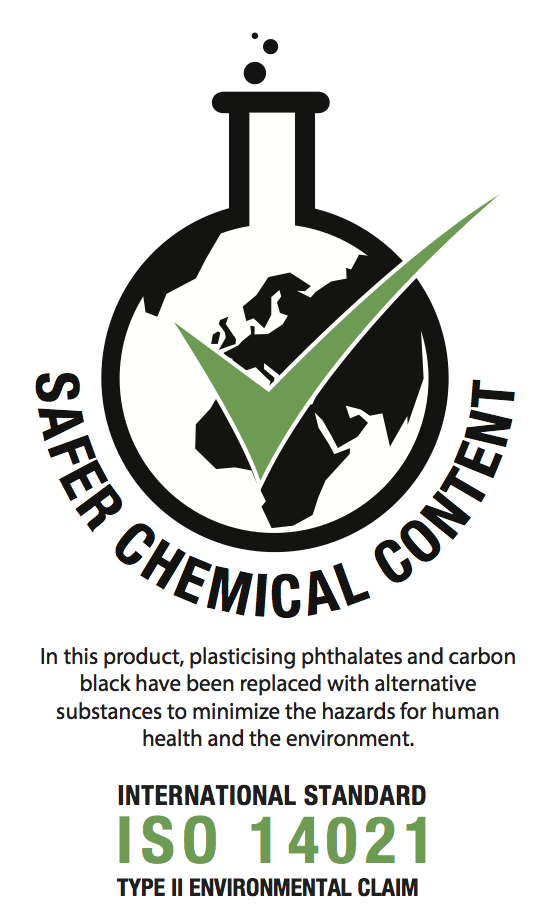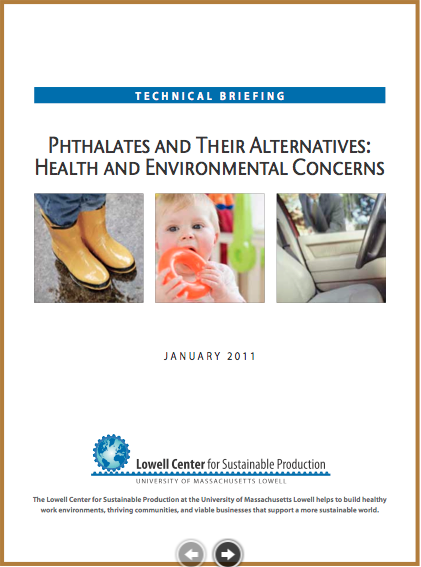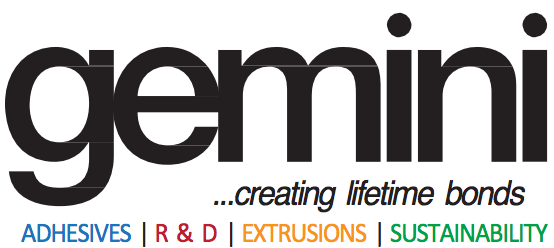GBE > Encyclopaedia > Code > Jargon Buster > Entries > P > G#1217 N#1218
Phthalates Esthers Jargon Busters
Phthalates Esthers Jargon Buster
About:
Definition:
PHTHALATES ESTERS
- Phthalates esters (usually referred to as ‘phthalates’) belong to a group of man-made chemical substances that are used as plasticisers in polymers, primarily PVC, where levels can be as high as 40 – 50% by weight.
- Phthalates are endocrine disruptors and have been implicated in a variety of health problems.
- Four of them in particular (DEHP, DBP, DIBP and BBP) have been placed on various ‘substances of concern’ lists around the world and severe restrictions on their use, particularly in textiles, flooring and children’s toys, are being imposed.
- Full-scale testing can be an expensive activity, especially in cases where a particular product or component is obtained from several different suppliers.
- An inexpensive in-field screening protocol would provide a mechanism to reduce the requirement for full analytical testing by identifying those cases where it is necessary and those where it is not.
- The REACH Centre are aiming to producing a simple, cost effective test for the identification of phthalates contained in plastic components.
- A program of work has been developed in which a combination of ‘lab-on-a-chip’ technology and efficient chemical methodology will be co-developed to provide a novel semi-quantitative analytical protocol for phthalate detection.
- By achieving this, The REACH Centre and collaborating bodies will be able to develop a world leading position in the testing and management of phthalates.
- During 2011, practical work on the development of this new approach to testing of phthalates in plastics commenced.
- Initial studies were carried out to assess the impact of solvent, temperature, time and sample particle size on extraction efficiency.
- The aim of this practical work was to identify the mildest and most benign experimental conditions under which phthalates can be extracted reliably from plastics.
- The conclusions of this work will be used to underpin the design of a new spot test for rapid and hopefully non-destructive testing of phthalates in articles.
- In addition to the practical work, a literature review was undertaken.
- The methodology for phthalate sequestration, hydrolysis and complexation have all been investigated with a view to developing a selective colorimetric response to phthalate esters.
- The REACH Centre is now seeking collaborative partners and funding to progress the work.
(TheReachCentre JL ‘2012)
See: PVC, REACH, SIN LIST, SVHC, Polymer migration
(NGS BRM ’12)
Relevance to Sustainable Construction:
NGS Sustainability Checklist:
M50
- PVC is seen as a material that needs to be phased out of use to reduce environmental impact of manufacturer, make healthier interiors, and reduce the impact of PVC in landfill.
- PVC has slip resistance characteristics and low cost that make it difficult to remove from the majority of specifiers pallets.
- Rubber sheet flooring can provide the slip resistance to match PVC but not necessarily match the price of PVC.
- Coved skirting failures have occurred frequently in warmer than average buildings, rooms or locations: E.g. Hospitals, and healthcare, where underfloor heating is used, and radiators or hot air hand dryers can all contribute to the wrong conditions.
Potential defects:
- Seamlessly joined/bonded coved skirtings are added to resilient floor coverings like PVC/Vinyl, rubber to make watertight floors to showers and wet rooms and easy-clean hygienic floors in hospitals.
- The use of high phthalate content as plasticising polymers in PVC coved skirtings, formers and cappings and now incompatible adhesives has lead to polymer migration, shrinkage and adhesive failures resulting in gaps that are no longer bridgeable by the shrunk cove former and no longer repairable with the surfaces coated in plasticised adhesive.
- In Europe the use of coved skirtings in hospitals was abandoned some time ago.
- In the worst airtightness regimes skirtings may be part of the airtightness provisions for a room and a building envelop, failed adhesives will provide a route for air leakage.
- Airtightness should be acheived at the building fabric not the finishes since finishes are often replaced at short intervals and the air tightness would broken and have to be remade with each refit and occasionally not be carried out.
(NGS BRM ’11-’13)
NGS COMPETENT CONSTRUCTION
Gemini have developed new recipes of PVC that:
- avoids the use of phthalates as plasticisers
- do not polymer migrate into the adhesive
- do not neutralise the adhesive
- do not shrink due to loss of plasticiser
- avoid the use of carbon black to colour the material
- installers like working with the materials
- is guaranteed as a system with their own adhesive
- does not create gaps where bacteria can develop unnoticed
- overcome the problems associated with polymer migration
- avoids adhesive failure
- can offer a guaranteed risk-free cap and coving system.
A spin off for the change in the PVC recipe is reduction in VOC released to the indoor atmosphere, improving the quality of the indoor air.
Opinion:
Solutions:
Manufacturer(s):
System Reference:
Accessory Reference:
- Gemini Grabfast Gold Spray Adhesive
- Gemini PVC Flexible Cove Former GCF-038
- Gemini PVC Flexible Capping Strip – GCS-01
Specification:
Notes:
Robust specification clauses and robust policing of the substitutions, value engineering and cost cutting is essential to ensure skirting failures do not occur on your projects.
© GBE NGS ASWS BrianMurphy aka BrianSpecMan
30th October 2013 – 5th November 2018
Phthalates Esthers Jargon Buster
Images:

ISO 14021 Manufacturer’s Self Declaration confirmation
NGS ECHO Confirmation of Manufacturer’s Self-declaration
Manufacturer of risk-free cap & coving system: phthalte-free PVC flooring Accessories Coving & Capping and compatible adhesives
© GBE NGS ASWS BrianMurphy aka BrianSpecMan
30th October 2013 – 5th November 2018
Phthalates Esthers Jargon Buster
See also:
NGS INFORMATION
- Lowell Institute
- Phthalates and Their Alternatives Health and Environment Concerns (PDF)
NGS JARGON BUSTER
- PVC
- REACH
- SIN
- SVHC
- Capping Seal
- Cove
- Coved Skirting
- Cove Former
- Moulding
- Phthalates Esters (this page)
- Plasticisers
- Polymer migration
- Polyvinyl Chloride (PVC)
- REACH Regulations
- Skirting
- SIN LIST
- Substances of Very High Concern (SVHC)
- Substitute It Now (SIN List)
- Toxicity
NGS MATERIALS
- Violet Materials
- PVC
- Polyvinyl Chloride (PVC)
NGS DEFECTS
NGS SOLUTIONS
NGS CPD
NGS CHECKLIST
NGS LINKS
- FSP Flooring Sustainability Partnership
- CFA Contract Flooring Association
- CFJ Contract Flooring Journal
NGS PROJECTS
NGS CALCULATOR
- NGS WasteCost© lite
- NGS have an ambition to create a flooring waste calculator
- A grant application to DEFRA September 2013: rejected.
NGS GREEN BUILDING SPECIFICATION
- Robust Specification Clause
- Robust Specification Work Section
- M50 Gemini Risk Free Cap & Coving
NGS MANUFACTURER SERVICES
© GBE NGS ASWS BrianMurphy aka BrianSpecMan
30th October 2013 – 5th November 2018



